A recent letter from Pratt & Whitney (P&W) to Indian airline Go First reveals more detail about the tight supply of PW1100G spare engines and related equipment. Signed by P&W commercial engines president Rick Deurloo, the 3 April letter says P&W and its leasing partners globally had a total pool of “295 spare leased engines”. The letter relates to the availability of PW1100G turbofans, which power Airbus A320neo-family jets.
However, all of those 295 powerplants are either spoken for by airlines or unavailable because they need maintenance. “As of this letter, 193 of these spare leased engines are either under lease to or in possession of customers,” says Deurloo’s letter. “The remaining 102 spare leased engines are currently unserviceable and either undergoing or in the queue for maintenance.”
The letter also notes that P&W does not have enough engine “stands” to fulfil a request from financially struggling to Go First, which on 2 May temporarily halted flights and reportedly filed for bankruptcy protection. “Due to demand, Pratt & Whitney does not currently have 20 available engine stands… to dispatch to Go First but will take reasonable steps to locate engine stands,” Deurloo’s letter says.
The airline included the letter, addressed to Go First chief executive Kaushik Khona, as part of its 28 April lawsuit filed against P&W in the US District Court for the District of Delaware. Go First is asking a US judge to force P&W to comply with provisions in a March arbitration decision. The arbitrator called for P&W to repair 64 of Go First’s PW1100Gs and “take all reasonable steps” to deliver to Go First some 80 spare engines Go First es this year. Go First filed the arbitration claim on grounds its PW1100Gs were suffering widespread failures and that P&W was not fulfilling maintenance obligations. P&W declines to comment about the suit.
The dispute comes amid broad supply chain shortages that have left engine makers – including P&W competitor CFM International – struggling to ramp production. Deurloo’s letter reveals a lack of slack in the supply chain, citing the unavailability of both spare engines and heavy engine maintenance capacity. “Unfortunately… no spare leased engines are presently available from Pratt & Whitney or its affiliates,” the letter says.
More spare engines will become available following the completion of maintenance, but those are “already committed to other customers”, Deurloo tells Go First. “Although Pratt & Whitney does not yet have a spare leased engines delivery schedule for Go First, it is working diligently to develop one as it receives more information concerning the readiness and availability of spare leased engines,” Deurloo adds.
Of Go First’s 64 PW1100Gs needing repair, the airline said it held 44 and P&W had 20. In his letter, Deurloo says P&W ended a maintenance “hold” on Go First engines in P&W’s possession. That hold had resulted from Go First’s “default for failure to pay”, the letter says.
Now, P&W must find available maintenance slots. It “is developing an induction schedule for remaining Go First engines, with inductions scheduled beginning with the first such available induction slots that have not been previously committed to other customers,” Deurloo writes. As for the other 44 PW1100Gs needing maintenance, Go First had asked P&W to send engine stands required for shipping the turbofans to maintenance shops, court papers say. But Deurloo’s letter says not enough stands are available. Go First did not respond to a request for comment.
P&W says it “is complying with the March 2023 arbitration ruling”, adding that Go First ”has a lengthy history of missing its financial obligations to Pratt.” P&W declines to comment about the litigation in US court and says it is working on PW1100G durability improvements.
Read next
With growing air passenger traffic, India’s demand for aircraft is predicted to reach 2,100 in the next 20 years, as per a report by Primus Partners, an advisory firm. The report titled, “Aircraft Leasing Industry: Has India Nailed the Landing?” said that around 80 per cent of India’s total commercial fleet is leased compared to 53% globally.
"Recognising that the industry holds immense potential, it is vital that the right ‘ecosystem’ is built for the sector to flourish and for India to be deemed as a leasing hub," it stated. An enabling and conducive aviation ecosystem with ample focus on the domestic leasing industry can propel India’s capability to tap into the USD 100 billion financing opportunity in the next 20 years.
It also stated that currently, Indian airlines are compelled to finance their leases through other countries such as Ireland, Singapore and Hong Kong which provide an ecosystem which fulfils their needs such as strong financing, faster aircraft repossession and redeployment and provision of maintenance and operations activities. "Leasing internationally implies Indian funds are redirected abroad which is another factor that should drive the Government to take the necessary steps to establish a thriving leasing eco-system in India," it mentioned.
According to the report, there is a dire need to streamline processes and the regulatory environment, with Gujarat International Finance Tec-City International Financial Services Centre (GIFT IFSC) possessing sufficient potential to become the face of aircraft leasing in India. Several tax and leasing reforms have ensured a strong foundation which is brimming with opportunity.
Nilaya Varma, Co-founder and CEO, of Primus Partners said “Airlines based in India provide one of the biggest markets for international leasing hubs. Despite possessing a competitive tax regime and liberalized policies at GIFT IFSC, there is still a lack of a conducive regulatory and operational eco-system to transform it into a hub." Varma also added that it is a combination of different factors, which hampers the ease of doing business for airlines. "Our report deep dives into the prevalent issues that are impeding the growth of the aviation sector in India," he stated.
The report further recommends strategic and definitive measures to propel this sector, worth USD 150 billion, into a new era. Also, ripple effect on India’s maintenance, repair and operations ecosystem. In India, airlines spend around 12 to 15% of their overall revenues on maintenance, which becomes the second most expensive item after fuel. The right aviation leasing ecosystem will help address key bottlenecks such as infrastructural issues, lack of access to credit, a licensing and certification framework and tax, duty and royalty issues, as per the report.
IATA Calls India An Emerging Key Aviation Market
A revival in domestic travel to the pre-pandemic level has propelled India to the big league of major aviation markets, the trade body International Air Transport Association (IATA) has found. Domestic travel in India missed the pre-Covid level by 2.2% in February 2023 in terms of passenger revenue kilometres (PRK), the study said.
The growth in domestic travel is also seen in the Passenger Load Factor(PLF), which studies how efficiently an airline fills seats and generates revenue. India is the top domestic market in terms of PLF when compared to countries such as the US, China and Japan, it said.
India recorded PLFs of 81.6% in February, 85.2% in January, 88.9% in December 2022, and 87.9% in November 2022. Domestic air passenger traffic for all markets measured for February surged 25.2% over the year-ago period. Total February 2023 domestic traffic was at 97.2% of the February 2019 level.
The report estimated that nearly 35 to 40 million Indians travel by air every year. According to World Bank, pre-Covid India had about 168 million air transport passengers, with many of them repeat flyers. Airline companies anticipate that a rapid rise in middle-class incomes and a corresponding change in spending habits mated with lucrative offers from airlines could make India the fastest-growing aviation market for years to come.
Globally, traffic is now at 84.9% of February 2019 levels. Total traffic in February 2023, based on RPKs, rose 55.5% compared to February 2022. The report added, “Asia-Pacific airlines had a 378.7% increase in February 2023 traffic compared to February 2022, maintaining the very positive momentum of the past few months since the lifting of travel restrictions in the region. Capacity rose 176.4% and the load factor increased 34.9 percentage points to 82.5%, the second highest among the regions.”
About Primus Partners
Primus Partners Pvt. Ltd. is a Great Place to Work-Certified™ organization. Great Place to Work® Certification is recognized the world over by employees and employers alike and is considered the ‘Gold Standard’ in identifying and recognizing Great Workplace Cultures. Primus Partners Pvt. Ltd. has created a Great Place to Work FOR ALL their employees by excelling on the 5 dimensions of a High-Trust, High-Performance Culture™ – Credibility, Respect, Fairness, Pride and Camaraderie. Primus Partners is a Management Consultancy firm with a unique concept of 'Idea Realization'. Primus Partners works with clients in the private and Government clients, offering services around multiple domains and solutions.
Read next
Army helicopter crashes in J&K’s Kishtwar; Technician killed, 2 pilots injured
Radhika Bansal
05 May 2023
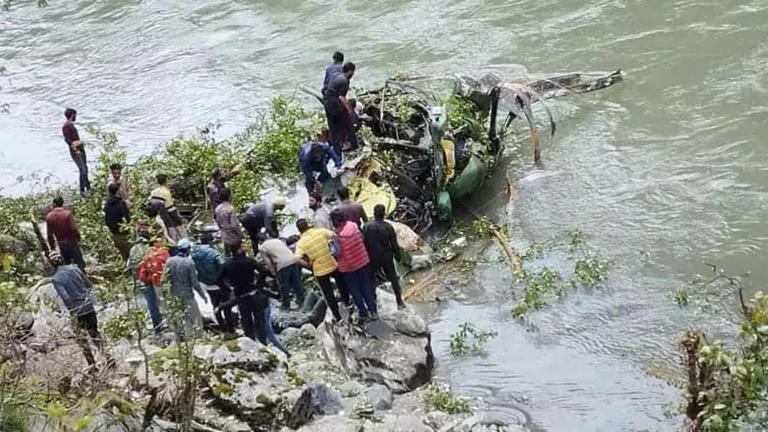
In Jammu and Kashmir's Kishtwar district, an army helicopter with two people on board crashed in a forested area due to a technical fault on Thursday, May 4. Two pilots on board were injured and a technician was killed in the incident. The officials said the crash occurred in the hill district’s Marwah area.
"At about 1115 hours on 04 May 2023, an Army Aviation ALH Dhruv helicopter on an operational mission made a precautionary landing on the banks of Marua river in the Kishtwar region of Jammu and Kashmir," the Udhampur-based Northern Command said in a statement. The pilots had reported a technical fault to the Air Traffic Controller (ATC) and proceeded for a precautionary landing, it said.
"Due to the undulating ground, undergrowth and unprepared landing area, the helicopter apparently made a hard landing. Immediate rescue operations were launched and Army rescue teams reached the site," the statement said. The Army said the injured were evacuated to the command hospital in Udhampur. The Army identified the deceased as Craftsman (Avn Tech) Pabballa Anil. Craftsman Pabballa Anil later succumbed to his injuries. The 30-year-old was a native of Malkapur village in Telangana’s Rajanna Sircilla district.
Defence sources said the technician succumbed to his injuries, while the pilots were "stable". The wreckage of the helicopter was found on the banks of the river, said Senior Superintendent of Police, Kishtwar, Khalil Ahmad Poswal.
HAL's ALH Dhruv was recently cleared
The aircraft was an advanced light helicopter called ALH Dhruv – a twin-engine utility aircraft indigenously developed by Hindustan Aeronautics Limited (HAL). Another ALH Dhruv – of the Indian Coast Guard – had crashed in Kochi in March after making a forced landing during a test flight. All three on board were safe.
The fleet of ALH Dhruv helicopters has started flying operations again, the Hindustan Aeronautics Ltd (HAL) said in a release on Monday, May 1. This comes less than a month after the operations of the helicopters were halted by the Indian Navy following an accident off the Mumbai coast.
"In the wake of the ALH Dhruv accident off the Mumbai coast, the Navy halted the operations of ALH Dhruv Helicopters until investigators find the reason for the incident and precautionary checks are carried out," the company had then said.
The ALH choppers are flown by all three defence forces, including the Army, Navy, Air Force, and the Indian Coast Guard. Advanced Light Helicopter or ALH-Dhruv is an indigenously developed utility aircraft by HAL with a twin-engine.
Even though its development was started in 1984, and was initially designed with Germany's assistance Messerschmitt-Bolkow-Blohm (MBB), the helicopter was first flown in 1992 but entered service after certification in 2002. According to HAL, the aircraft is "type –Certified" for military operations by the Centre for Military Airworthiness Certification and civil operations by the Directorate General of Civil Aviation. The major variants of Dhruv are classified as Dhruv Mk-I, Mk-II, Mk-III, and Mk-IV.
Previous Crashes
Last October, another Indian Army ALH, known as the Rudra crashed in Arunachal Pradesh, killing five personnel. The Rudra is an armed version of the ALH Dhruv. It brought to focus the series of crashes of the indigenous helicopter, which is the backbone of the Indian Army.
Earlier this March, two pilots were killed after an Indian Army Aviation Cheetah helicopter crashed near the Mandala hills area in Arunachal Pradesh. A search operation was carried out by the Indian Army, Sashastra Seema Bal (SSB) and police after the crash. According to officials, Army's Cheetah helicopter was on an operational sortie when it lost contact with the Air Traffic Controller. It was reported to have crashed near Mandala, West of Bomdila.’
In March 2022, the government told Parliament that 42 Indian armed forces personnel were killed in 45 aircraft and helicopter crashes in the last five years.
Read next
Air India on Thursday, May 4 said it has received an overwhelming response for its recruitment drive for pilots and has got more than 700 applications in the past week. The airline, which currently has more than 1,800 pilots, has placed orders for 470 aircraft with Boeing and Airbus, including for wide-body planes.
On April 27, the carrier issued an advertisement for more than 1,000 pilots. It is looking for captains, first officers and trainers across A320, B777, B787 and B737 fleets. In a statement on Thursday, an Air India spokesperson said the airline has received an overwhelming response to its recruitment advertisement for pilots released late last week.
"The recruitment of pilots is in preparation for the augmented large fleet of 470 aircraft. We have already received over 700 applications in the last few days in response to the advertisement which is under process. As a continuation of this recruitment process we are conducting walk-in interviews in Mumbai, Delhi and Bengaluru," it said.
Many pilots of cash-strapped Go First, which has filed for voluntary insolvency resolution proceedings, are also looking for other opportunities, including at Air India, according to industry sources. Tata Group has four airlines -- Air India, Air India Express, AIX Connect and Vistara, which is a joint venture with Singapore Airlines. The group is in the process of merging Air India Express and AIX Connect as well as Vistara with Air India.
Air India & Vistara On Hiring Spree Ahead Of Merger
A planned merger of Air India with Vistara and the launch of Akasa Air have increased competition for staff and planes as the industry recovers. Vistara held walk-in interviews for cabin crew in Delhi and Mumbai on Thursday and sought online applications from pilots. Air India and Vistara also conduct walk-in and online interviews to hire pilots for Airbus A320 aircraft. Go First’s entire fleet is made up of A320 jets and the airline has over 700 pilots on its rolls. Almost the entire narrow-body fleet of Air India and Vistara consists of planes from the A320 family of aircraft.
Air India said on Twitter the hiring drive in Delhi and Mumbai would be extended by a day to Friday. The airline, bought back from the government last year by salt-to-software Tata group, plans to hire more than 4,200 cabin crew and 900 pilots this year as part of a major revamp which also includes orders for a record 470 jets. Air India’s drive to step up the hiring of pilots also comes at a time when it faces resistance from unions of its existing pilots over revised pay contracts.
The flag carrier is expanding its fleet and network, revamping its customer proposition, and improving reliability in operations. Earlier in April, the airline said it had concluded its five-year transformation plan’s first phase, Vihaan.AI
Between May 2022-February 2023, Air India hired over 1900 cabin crew. Over 1,100 cabin crew have been trained in the last seven months (between July’22-January’23), and in the past three months, approximately 500 cabin crew have been released for flying by the airline. The first phase in the airline's transformation journey focussed on addressing legacy issues of the airline and laying the foundation for future growth.
Air India also recently announced it will use artificial intelligence-driven chatbots and other initiatives as part of modernising the digital systems for which it has made an initial investment of USD 200 million.
Go First Employees Rush To The Hiring Drive
Dozens of pilots, many from crisis-hit Go First, flocked to a Tata group hotel near Delhi on Thursday for walk-in interviews with the conglomerate's Air India airline. Go First's announcement on Tuesday that it had filed for bankruptcy as demand for post-pandemic air travel in the world's most populous country boomed came as a shock to many employees.
"It is very disheartening, the airline was functioning as if everything was normal," said a pilot who joined Go First two years ago and was waiting in a long line at Tata's Taj Hotel. “We have to jump ship to keep our flying licences current.” While Air India, Vistara and the country's biggest airline IndiGo have conducted similar hiring drives in the past, the people said turnout was larger than normal. They attributed the numbers to the plight of Go First, formerly known as Go Airlines (India) Ltd, which has around 7,000 employees.
Following Go First’s insolvency plea, a large number of the airline’s employees, who were already suffering due to delayed salaries, are approaching other Indian carriers for jobs. Although the Go First management has come out and said that the promoters — Wadia group — are committed to the airline and the insolvency plea was aimed at its revival, industry insiders believe that Go First might not take to the skies again anytime soon.
Cash-strapped Go First Tuesday announced that it filed for voluntary insolvency proceedings with the National Company Law Tribunal (NCLT), blaming engine manufacturer Pratt & Whitney (P&W) for its financial situation. The airline said that it was “forced to apply to the NCLT” after “the ever-increasing number of failing engines supplied by Pratt & Whitney’s International Aero Engines” led to the grounding of 25 aircraft, or half its fleet of Airbus A320neo planes, and significant financial stress.
Read next
SpiceJet's lessor, Aircastle, has filed for insolvency. This action comes after SpiceJet failed to make lease payments, prompting Aircastle to file a lawsuit. SpiceJet, India's leading low-cost airline, has been taken aback by this news.
Background
SpiceJet is a low-cost airline that has been fighting financially to stay alive. The airline has been dealing with a variety of concerns, including rising fuel prices, fierce competition from other carriers, and regulatory issues. SpiceJet has been investigating several alternatives to solve these difficulties, including selling off part of its assets and generating funds through the sale of shares.
SpiceJet is Being Sued by Aircastle
Aircastle filed a petition against SpiceJet in the High Court of Delhi, requesting that the airline be declared bankrupt. SpiceJet, according to Aircastle, had been in arrears on lease payments for some months on four B737-800s, and its financial condition had deteriorated to the point that it was unable to satisfy its commitments.
Current Scenario
Aircastle, SpiceJet's Dublin-based lessor, has filed an insolvency case with the NCLT for unpaid lease fees on four B737-800 aircraft. This petition was filed on May 4 under Section 9 of the Insolvency Bankruptcy Code (IBC), according to sources. The suit was filed in response to the airline's unpaid lease rentals on four B737-800s.
Ramifications for SpiceJet India's Aviation Industry
If Aircastle's case is successful, it might have major consequences for SpiceJet. The airline might be driven into insolvency, which would entail a court-supervised reorganization of the corporation. This might result in a huge loss of value for stockholders as well as a disruption in the airline's operations.
Conclusion
The insolvency petition filed by Aircastle against SpiceJet has substantial repercussions for the airline and its stakeholders. The airline's debt will be restructured and negotiated with its creditors throughout the bankruptcy process, which may result in changes to its operations and business model.
With Inputs from Business Standard
Read next
Vistara Operates India’s First Domestic Flight with Sustainable Aviation Fuel
Abhishek Nayar
05 May 2023
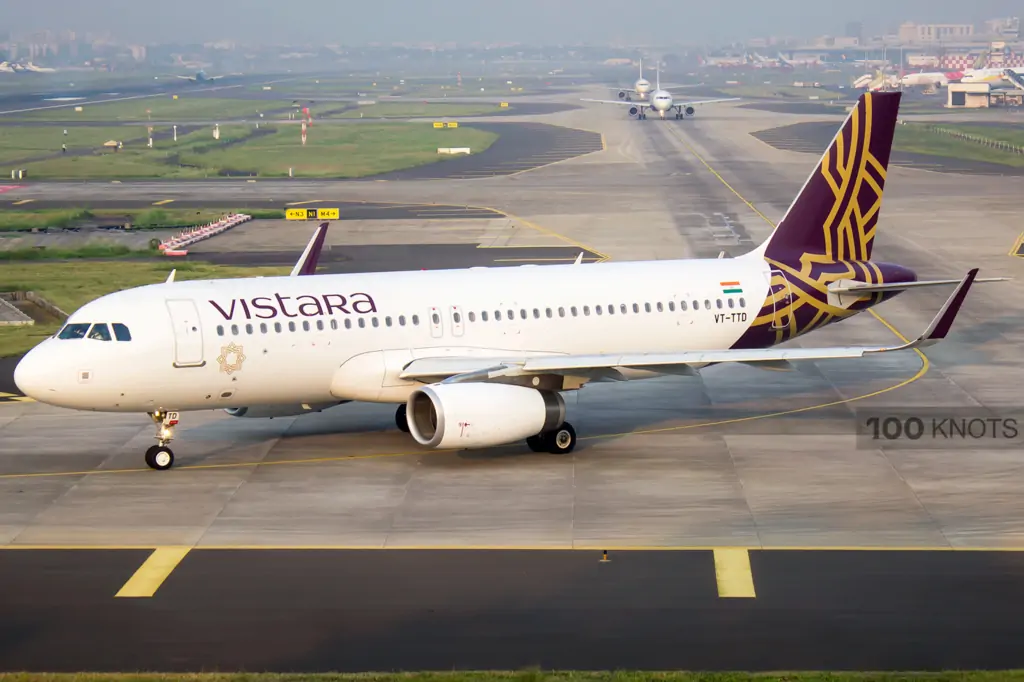
Vistara, one of India's premier airlines, has taken an important step towards sustainability by utilising sustainable aviation fuel (SAF) on its Boeing 787 aircraft. This action demonstrates Vistara's dedication to lowering its carbon footprint and encouraging sustainable practices in the aviation sector.
What Exactly is Sustainable Aviation Fuel
SAF is a renewable fuel created from a variety of feedstocks, such as plant oils, waste materials, and agricultural residue. SAF has a significantly reduced carbon footprint and produces fewer pollutants than traditional jet fuel, making it an ecologically friendly choice.
Why is Vistara using SAF
SAF provides many advantages for airlines, including fewer greenhouse gas emissions, more economical operational costs, and enhanced fuel efficiency. Vistara's use of SAF in its Boeing 787 aircraft is a big step towards meeting its environmental objectives while also contributing to worldwide efforts to cut carbon emissions.
Present Scenario
Vistara, a full-service carrier, said on Thursday that it was flying a Boeing 787 on the Delhi-Mumbai route utilizing sustainable aviation fuel (SAF). According to the airline, this is the first time an Indian carrier has flown a commercial domestic flight on a wide-body aircraft utilising a blend of 17% SAF and 83% conventional jet fuel. According to the airline, the Delhi-Mumbai flight utilizing mixed SAF helped them save around 10,000 pounds of CO2.
A ferry flight from Charleston International Airport in South Carolina to Indira Gandhi International Airport in New Delhi used a blend of 30% SAF and 70% conventional jet fuel, resulting in a reduction of approximately 150,000 pounds of CO2 emissions over the fuel's life cycle, according to Vistara.
The Boeing 787 and its Effectiveness
The Boeing 787 is famed for its fuel economy, and the introduction of SAF can improve that even further. SAF has a greater energy density than traditional jet fuel, which can lead to improved fuel efficiency and reduced emissions. The deployment of SAF in Vistara's Boeing 787 aircraft can assist the airline achieve its environmental targets while also increasing operating efficiency.
Vistara's SAF Initiatives
Vistara has taken a number of steps to encourage the use of SAF, including collaboration with fuel providers and government authorities. However, airlines' adoption of SAF faces several challenges, including limited availability and higher SAF costs compared to conventional jet fuel. Despite these obstacles, Vistara's commitment to sustainability has allowed the airline to overcome them and set a precedent for others to follow.
The Impact on the Aviation Industry
The application of SAF in the aviation sector has the potential to revolutionize air travel while reducing carbon emissions dramatically. The adoption of SAF by Vistara is an important step towards reaching this aim and fostering sustainable practises in the airline sector. Other airlines have begun to adopt SAF, and this trend is expected to continue as the demand for environmentally friendly aviation practices grows.
Conclusion
In conclusion, Vistara's commitment to sustainability and the use of SAF in its Boeing 787 aircraft are significant steps towards reducing the aviation industry's carbon footprint. This is a positive step because it is critical for airlines to encourage sustainable practices and decrease the environmental impact of air travel.

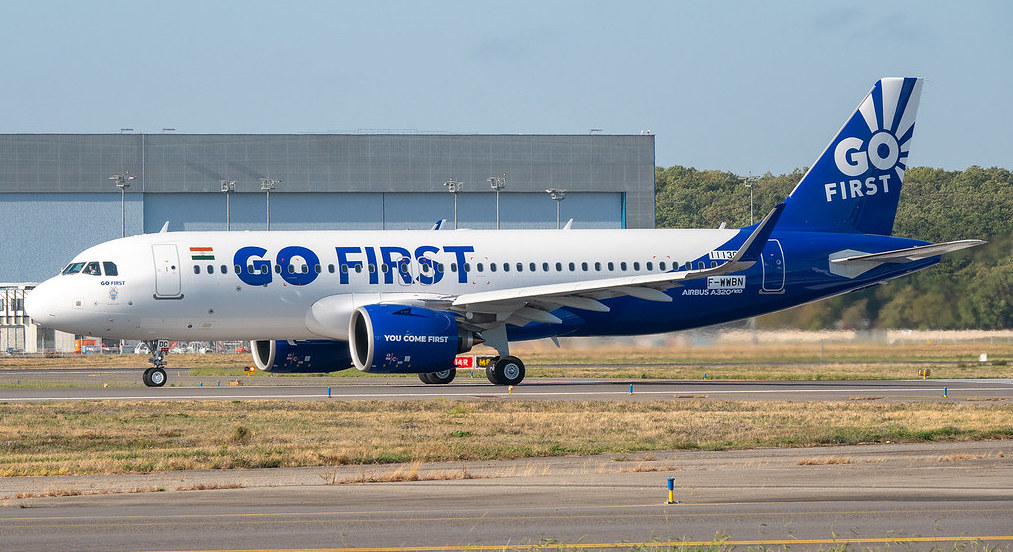
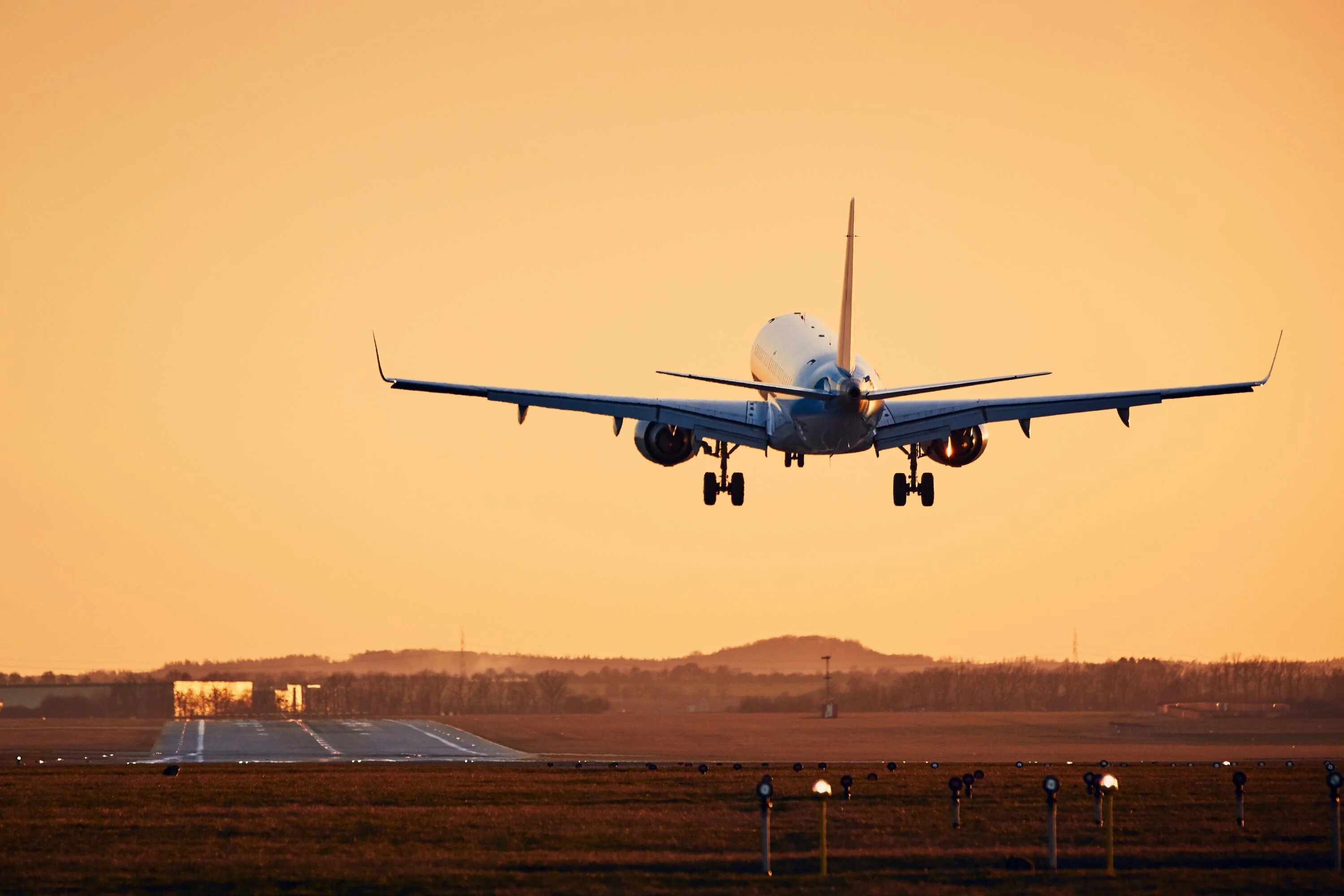
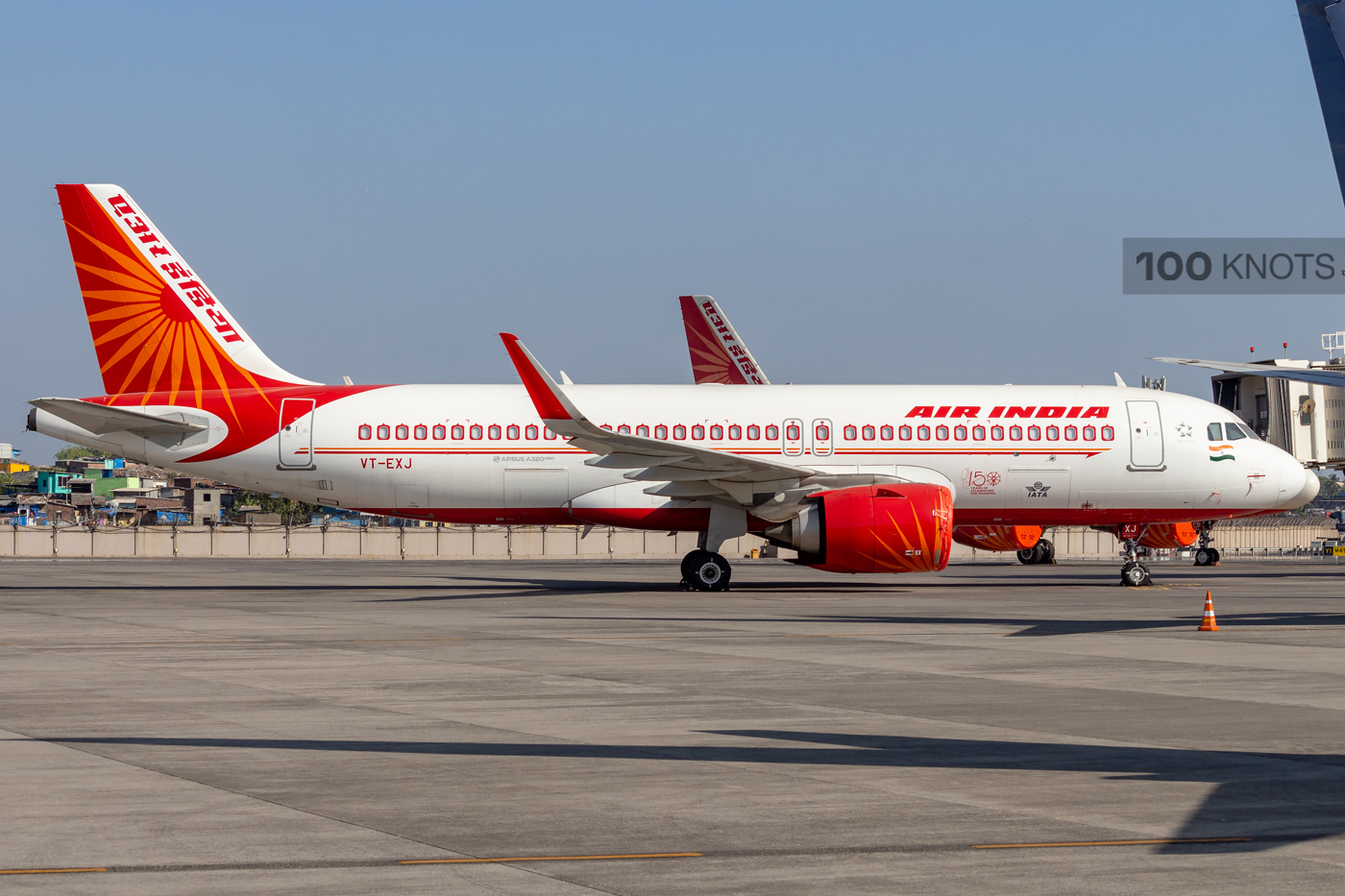

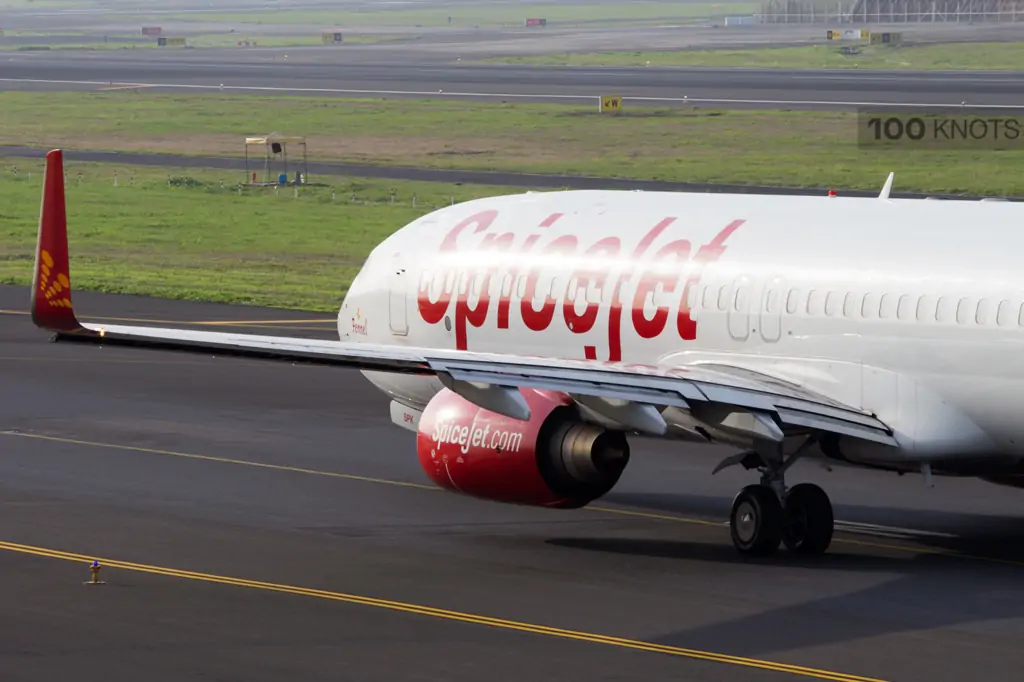
Comment